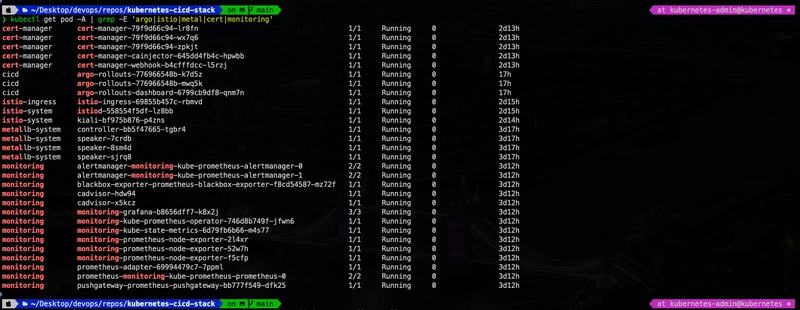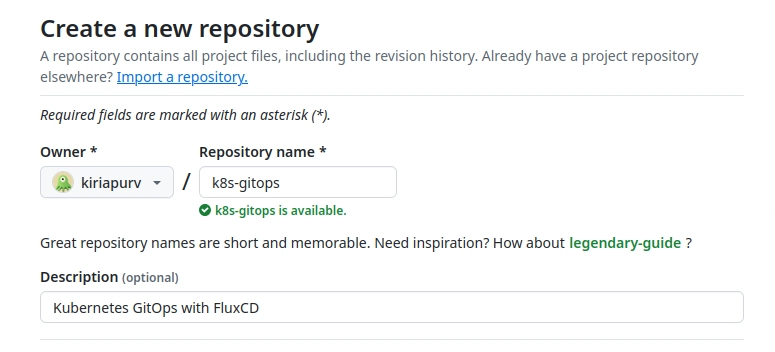GitOps Bridge Pattern On A Local Kind Cluster
Last week, I had the opportunity to attend the "Bridging Worlds: The Magic of GitOps in Kubernetes" virtual event organized by Cloud Native Nairobi. The session was eye-opening, particularly the deep ...


